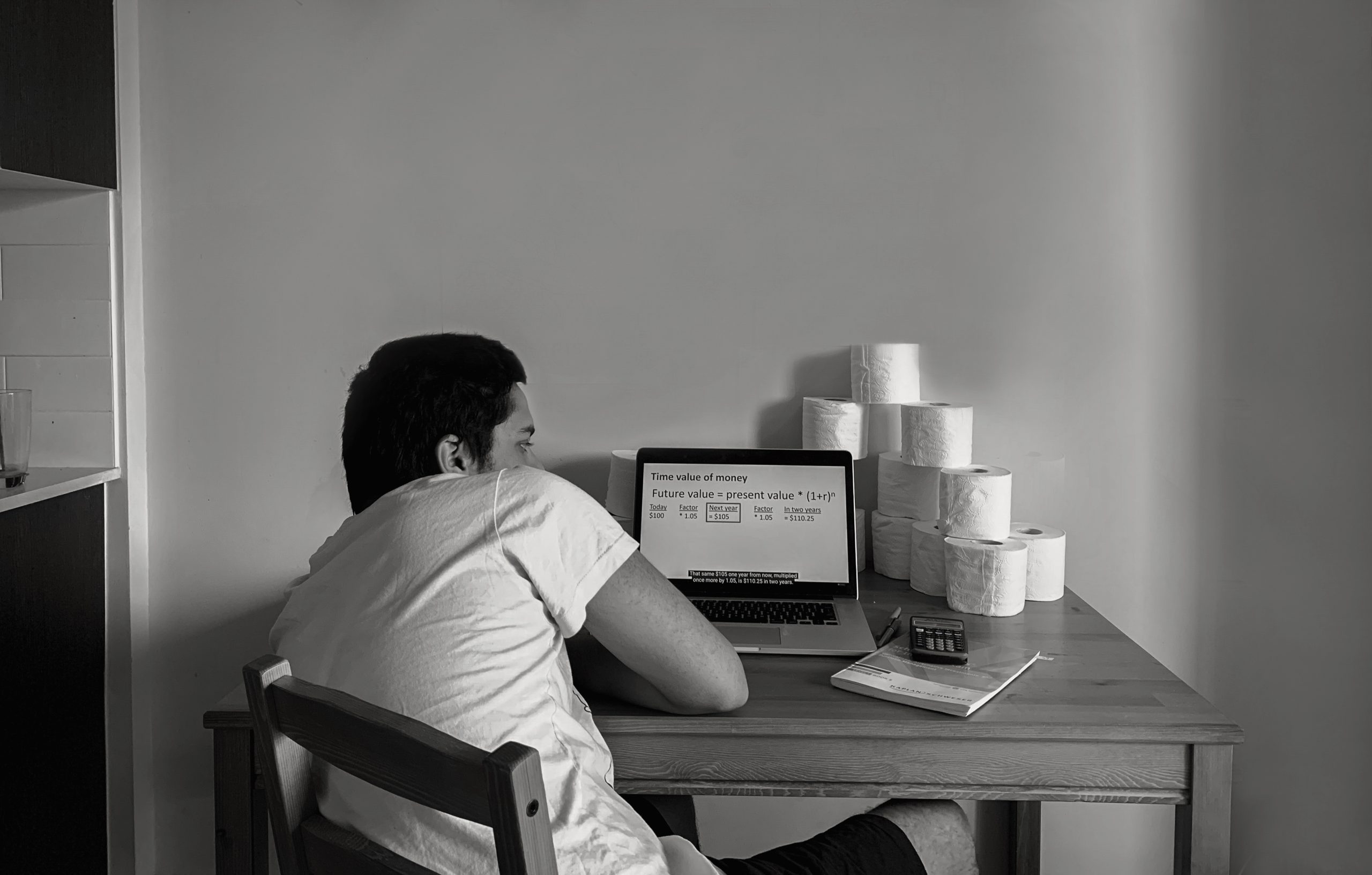Whether it’s for Zoom classes, work meetings, job interviews, or simply browsing on your phone, chances are you’ve spent more time sitting over the past few months than ever before.
Though at first you may not feel any effects from this sedentary lifestyle other than perhaps some stiffness, over a prolonged period of time, sitting can have some serious effects on your health. The popular phrase “sitting is the new smoking” is truly indicative of this.
Not utilizing these muscles and bones regularly can lead to wasting. Our muscles can reduce in size and strength, while our bones can have a reduction in mineral density if we are not loading them through movement.
So, what exactly happens when we sit for prolonged periods of time? Former York Head Athletic Therapist for students and current Masters of Physiotherapy candidate Arshpreet Deol explains.
“From a physiological perspective, when we sit for a prolonged period without getting up and being physically active, we have a reduction in blood flow to our muscles and joints throughout the body. Muscles of the lower body, particularly the quadriceps, hamstrings, and glutes are negatively impacted as we don’t use them much while sitting, and often muscles of the back and neck are affected as well,” explains Deol.
“Not utilizing these muscles and bones regularly can lead to wasting. Our muscles can reduce in size and strength, while our bones can have a reduction in mineral density if we are not loading them through movement, leading to loss of function as we get older,” adds Deol.
An article published by Harvard Medical School confirms what Deol explains, adding that the tightening of hip flexors and hamstrings diminishes balance, and “makes activities like walking harder and perhaps even sets you up for a fall.”
The health complications from sitting can also branch off into other issues as well, with studies showing that sitting for long periods of time was associated with heart disease, type two diabetes, and even cancer.
Getting up and walking around every 30 minutes helps to combat the effects of a sedentary lifestyle.
“With movement and exercise we train our heart as well, allowing it to pump more blood on each beat, which in turn requires it to work less,” says Deol. “This is why the resting heart rate in a trained athlete is far less than a sedentary individual. Sedentary behavior can also increase the likelihood of developing excessive adipose tissue, which increases the probability of obesity–a big risk factor in cardiovascular disease.”
Fourth-year economics student Ali Hayder can relate to being glued to his chair during this pandemic, but is taking active steps to ensure he remains fit.
“When the pandemic first hit, I was definitely spending far more time indoors, primarily sitting at my desk,” says Hayder. “However, I soon started spending time outdoors while still maintaining social distancing. I like to run and ride my bike, and with classes starting up again, I make it a point to get up and stretch every 45 minutes.”
It seems that Hayder is on the right track. In a 2015 interview with the American Medical Association, Dr. Michael Rakotz recommended physical activity throughout the day, as well as getting up and walking around every 30 minutes to combat the effects of a sedentary lifestyle.


